EPISODE 243 YUKON DIARY SKAGWAY IN 1962
alan skeoch
Feb. 2021
White Pass Railway today…with at least a dozen passenger coaches to handle the one million tourists. On my trip in 1962 there were only a few coaches…an empty train.
Skagway Today…before a tourist ship arrives.
Skagway…back then.
Wednesday Sept. 12, 1962
The White Pass Railway threaded the Dead Horse Pass needle slowly…carefully. To make an
error … a full speed ahead kind of error….invited a swift and catastrophic end to my Yukon Diary.
So we Twisted our way down to Skagway. (Excuse the double metaphors…i.e.threading a needle
and ‘ Twist Again Like we Did Last Summer’) Travelling the Klondike trail in reverse. Alone. No baggage
except my brief case and extra socks.
I find it hard to believe that just yesterday I was tagging mining claims in a God awful
swamp with patches of Yukon stunted Spruce. Carrying a 30-30 rifle and a Blazing axe.
My feet breaking through an inch of ice with each step. Feet awash in ice water that my
body temperature heated into a thin kind of hot soup as my feet boiled.
And today I am sitting alone on a near empty passenger coach built in 1900 in the
expectation that the Yukon was about to open up to settlement. That never happened
so the White Pass Railway eked out an existence with gawking tourists of which there
did not seem to be many and heavy shipments of silver ore destined for an American
refinery.
The rails screamed in protest with each turn. Only 107 miles of track between Whitehorse
and Skagway. But what a difference. Whitehorse was Canadian territory where I met
Waler Malecky by chance. Small town atmosphere really.
Now Skagway was something else. First off, it was American territory. Strange in a way.
I had no passport yet at no time was asked to show my identity. I guess the powers that
be figured anyone coming or going from Skagway was no danger to either Canada or
the United States.
The only austere part of the trip other than the yawning chasms was the lone Skeleton of
a Presbyterian church somewhere along the way. A church where once there must have
been congregants. Now as solitary as the moon. A bit chilling.
The trip took longer than I expected. Only 107 mlles….s couple of hours at most I thought.
I should have known better for I had been reading Pierre Berton’s Klondike which
made both passes…the Chilkoot and the Dead Horse Pass…terrifying, dangerous, deadly.
That was my state of mind as the train flattened out for a piece on its final approach
to Skagway. I was a miner. A mining claim tagger. A veteran of the Yukon. Leaving tough,
hard drinking, foul mouthed, humorous and tragic Yukon veterans behind. Yesterday
my boots crashed through that ice foretelling the coming of a Yukon winter.
I often read and re-read Robert Service’s ‘Spell of the Yukon’. Almost memorized. I thought
of the men who sat around our campsites quoting Robert Service by heart. Especially when
their tongues were loosened by Double overproof rum.
I wanted the gold, and I sought it;
I scrabbled and mucked like a slave.
Was it famine or scurvy—I fought it;
I hurled my youth into a grave.
Day dreaming my way down from the Coastal Mountains
to one of the strangest places on earth…Skagway.
Where 100,000 men and a few women rolled the dice
of life’s journey in a hopeless chance to grab the golden
ring of their trip on life’s merry go round.
It is important that readers understand my state of mind.
I was trying to replicate things that happened here in
Skagway sixty years ago…back just before mom and
dad were born. Ancient times.
Skagway. Finally I was there. The intricate plan of my
escape from the Yukon was really happening. Skagway
“a tiny decrepit ghost town given life by a few souvenir shops”
My verbatim Yukon Diary entry.
I bought mom a souvenir plate…$5.50 plus .65 tax or exchange .
What? Everything is going to cost 10% more than I counted upon.
Will I be able to manage? Booked into the Skagway Inn at $4.00
for the night.
Outside the single main street was suddenly full of people. Not men in
torn work pants taking a leak in a ditch. Not the kind of men I knew.
Men in sport clothes with women on their arms. Older people…lots
of them rubber necking their way from souvenir shop to railway cars.
Cameras clicking. People posing beneath a Soapy Smith shop sign.
Why would anyone want a picture of that son of a bitch. His name
was obvious on Skagway storefronts. Did no one know that Soapy
Smith was a murderiing thief who extorted money and goods from
those poor deluded gold seekers. Did no one take joy in the fact
he was shot dead by a justifiably angry fellow? The people of Skagway
back in the gold rush days were little better than Soapy for they grew
wealthy selling goods at inflated prices…buying half-dead horses
from steamships knowing that those horses would soon be overloaded
and plodding up Dead Horse Pass .
There was no hay up there. Those horses were starving. Skagway
was not a town to admire in those times.
I expected an empty town. Now it was suddenly full of people. Where did
they come from. More people than buildings. Skagway was a tiny
sliver of a place. A bit of flatened gravel backed immediately by the
soaring Coastal Mountains. Where did all these people come from? Where will all these people
sleep?
The answer came as I reached the waterfront where a couple of large
sparkling clean passenger ships were anchored. The Lynne Canal is
a long and deep stretch of water snaking inland to Skagway. Perfect
for shipping.
Note: There are 800 or so permanent residents of Skagway today (2021)
but the town is capable of handling 10,000 people daily. Skagway
is the target town for those huge passenger ships ferrying thousands
of tourist up and down the coastal northern waters of Canada
and the United States. Huge ships. In 1962 the ships were not as large
and the volume of tourists was considerably less. But Skagway was
a kind of Mecca nonetheless.
“Suddenly there were crowds of people”…the reason is obvious in this picture. One million
people visit Skagway today. They sleep in that white thing at the end of the Skagway street.
So I joined the crowd. Soon got over the shock. Later in the evening
I even went to the DAYS OF ’98 show put on by Skagway local citizens,
a rather delightful amateur production. Sincere…repeated each night
for the tourists ships that come and go on schedule.
Gambling was another piece of the Skagway mystique. I lost a couple
of dollars. But had fun. Easy to get to know the tourists. They wanted
to meet locals. Wanted to meet descendants of the gold rush throng.
I fitted that image better than most. I had walked those bleak Yukon Hills
in search of silver. I had nursed those Double OP’s with men like
Aaro Aho, Moses Lord, Waler Malecky, Bob Gilroy, Bill Dunn,Bill Scott…Alex, Andy,
Dinky…so many characters.
And I had a full red beard as was expected of a person ‘who moiled for gold’
I had even done some successful gold panning as proved by he specs of gold
on swatches of black electrical tape mailed to Marjorie. The only image that
did not fit was the smell. I had bathed twice…once in Whitehorse and once in
Skagway. I smelled like a tourist awash in Aqua Velva after shave lotion.
There were a couple of poorly disguised patches on my pants which may have
clues that I was one of the Yukoners…a Miner.
I talked with a lot of people. Asked around. Like “how do I get out
of Skagway? There are no roads south to Juneau where I have booked
a flight. One group of young ladies offered to hide me on their big passenger
ship destined for Seattle. They said no one would notice. The offer was made
in jest I think. Not sure Marjorie would be too enthusiastic had I taken the offer
seriously.
But I was very serious. How in hell was I to get out of Skagway. The only road was
north to the the Alaska Highway and on to Anchorage…miles and miles the wrong
direction. I got a bit alarmed when I hit the sack. Needlessly so. The answer
was simple but a little more expensive than I had anticipated.
Expenses (not eligible for expense account)
Train $19.00
Hotel $4.00
Ceramic Plate $6.15 (*Goddamn Tax of .65)
Show, Days of ’98 $1.00
Food $1.65
Stamps and cards .53
Gambling $1.50
This trip was costing more than I had planned
“They’re making my money diminish
I’m sick of the taste of champagne
But I’ll battle on to he finish
And head back to the Yukon again.”
*Funny…I remember this Robert Service fragment
so well that I can almost quote it verbatim now in 2021.
Perhaps one of my readers would like to check my
accuracy. I do not have time for that right now.
I must ‘battle on to the finish’ even though I will
never get the chance “to go back to the Yukon again.”
alan skeoch
Fev. 2021
POST SCRIPT: Some Critics of Robert Service…pompously …accuse
him of doggerel poetry. I think those who love poetry were a little more broad minded
than that. Read this aloud…enjoy it. Forget about metaphors and convoluted meanings.
The Spell of the Yukon
I wanted the gold, and I sought it;
I scrabbled and mucked like a slave.
Was it famine or scurvy—I fought it;
I hurled my youth into a grave.
I wanted the gold, and I got it—
Came out with a fortune last fall,—
Yet somehow life’s not what I thought it,
And somehow the gold isn’t all.
No! There’s the land. (Have you seen it?)
It’s the cussedest land that I know,
From the big, dizzy mountains that screen it
To the deep, deathlike valleys below.
Some say God was tired when He made it;
Some say it’s a fine land to shun;
Maybe; but there’s some as would trade it
For no land on earth—and I’m one.
You come to get rich (damned good reason);
You feel like an exile at first;
You hate it like hell for a season,
And then you are worse than the worst.
It grips you like some kinds of sinning;
It twists you from foe to a friend;
It seems it’s been since the beginning;
It seems it will be to the end.
I’ve stood in some mighty-mouthed hollow
That’s plumb-full of hush to the brim;
I’ve watched the big, husky sun wallow
In crimson and gold, and grow dim,
Till the moon set the pearly peaks gleaming,
And the stars tumbled out, neck and crop;
And I’ve thought that I surely was dreaming,
With the peace o’ the world piled on top.
The summer—no sweeter was ever;
The sunshiny woods all athrill;
The grayling aleap in the river,
The bighorn asleep on the hill.
The strong life that never knows harness;
The wilds where the caribou call;
The freshness, the freedom, the farness—
O God! how I’m stuck on it all.
The winter! the brightness that blinds you,
The white land locked tight as a drum,
The cold fear that follows and finds you,
The silence that bludgeons you dumb.
The snows that are older than history,
The woods where the weird shadows slant;
The stillness, the moonlight, the mystery,
I’ve bade ’em good-by—but I can’t.
There’s a land where the mountains are nameless,
And the rivers all run God knows where;
There are lives that are erring and aimless,
And deaths that just hang by a hair;
There are hardships that nobody reckons;
There are valleys unpeopled and still;
There’s a land—oh, it beckons and beckons,
And I want to go back—and I will.
They’re making my money diminish;
I’m sick of the taste of champagne.
Thank God! when I’m skinned to a finish
I’ll pike to the Yukon again.
I’ll fight—and you bet it’s no sham-fight;
It’s hell!—but I’ve been there before;
And it’s better than this by a damsite—
So me for the Yukon once more.
There’s gold, and it’s haunting and haunting;
It’s luring me on as of old;
Yet it isn’t the gold that I’m wanting
So much as just finding the gold.
It’s the great, big, broad land ’way up yonder,
It’s the forests where silence has lease;
It’s the beauty that thrills me with wonder,
It’s the stillness that fills me with peace.
Robert Service
This shows how small Skagway appears when dwarfed by both luxury ships and the Coastal Mountains.
END … NEXT EPISODE WILL BE
YUKON DIARY THURSDAY SEPT. 13, 2016
![]()
skagway.com/wp-content/uploads/2016/01/Skagway-1898-may-300×208.jpg 300w” sizes=”(max-width: 766px) 100vw, 766px” class=”wp-image-5357″ apple-inline=”yes” id=”46A6F100-044F-4E70-AC83-C45D42638E7F” src=”http://alanskeoch.ca/wp-content/uploads/2021/02/Skagway-1898-may.jpg”>
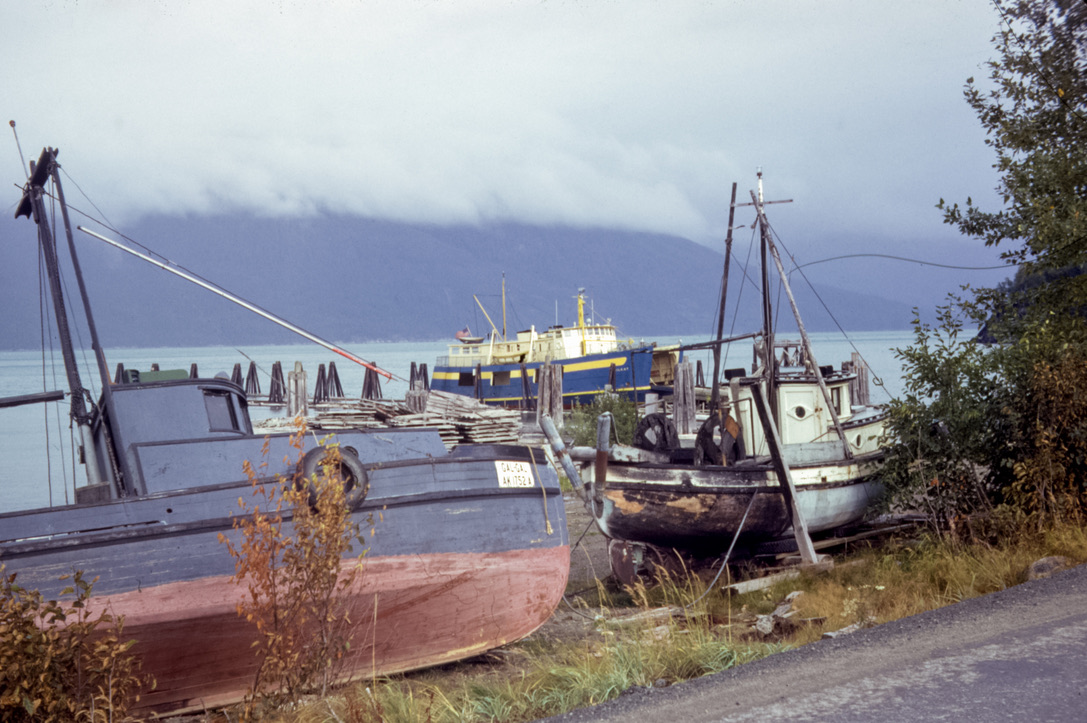
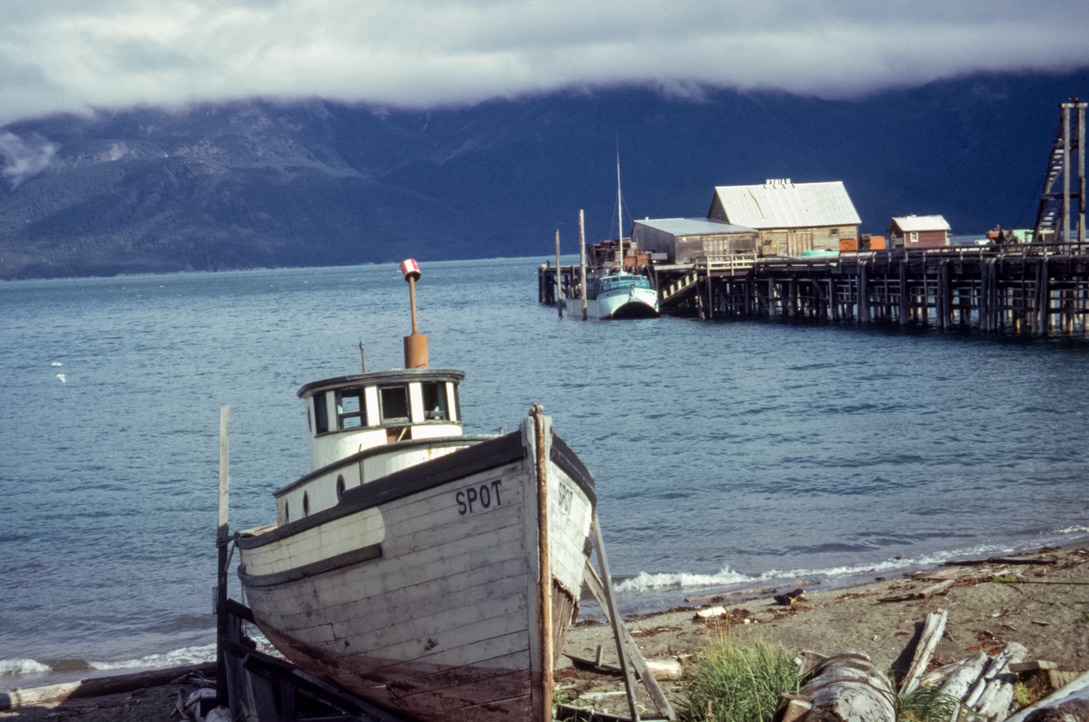
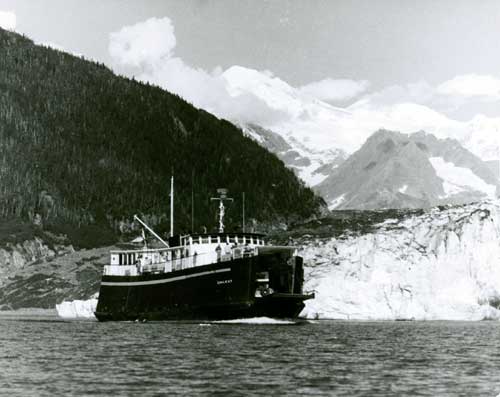


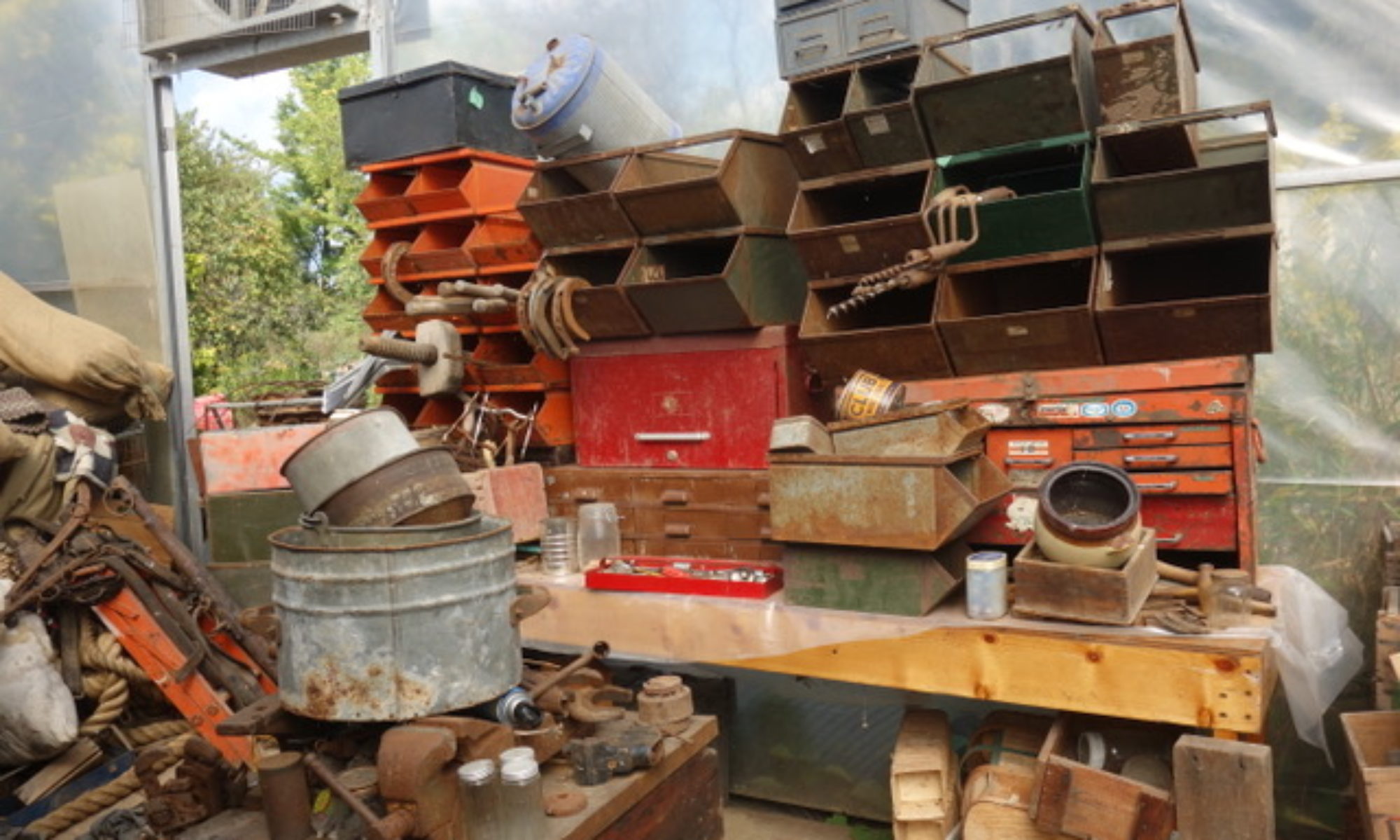





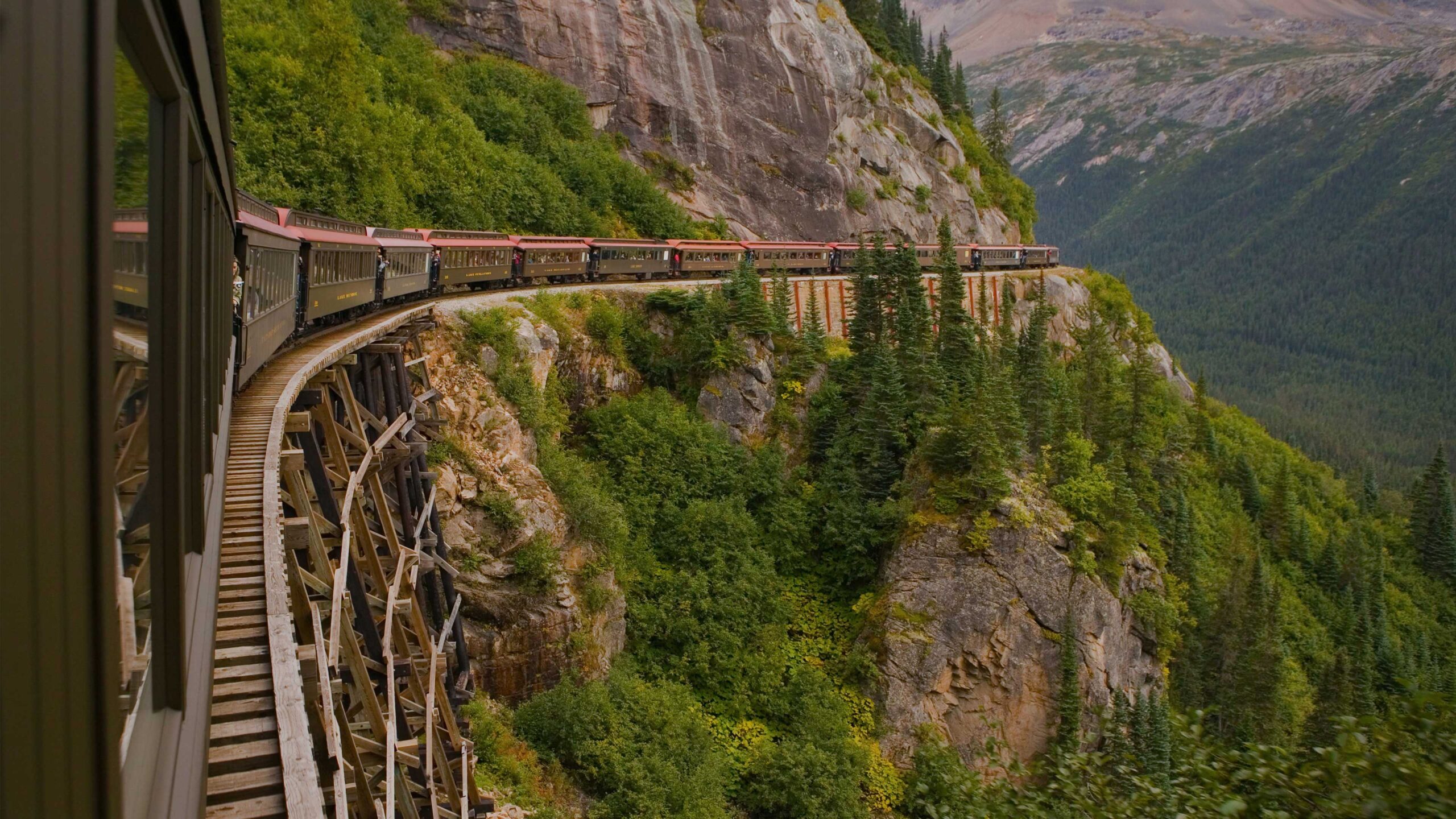
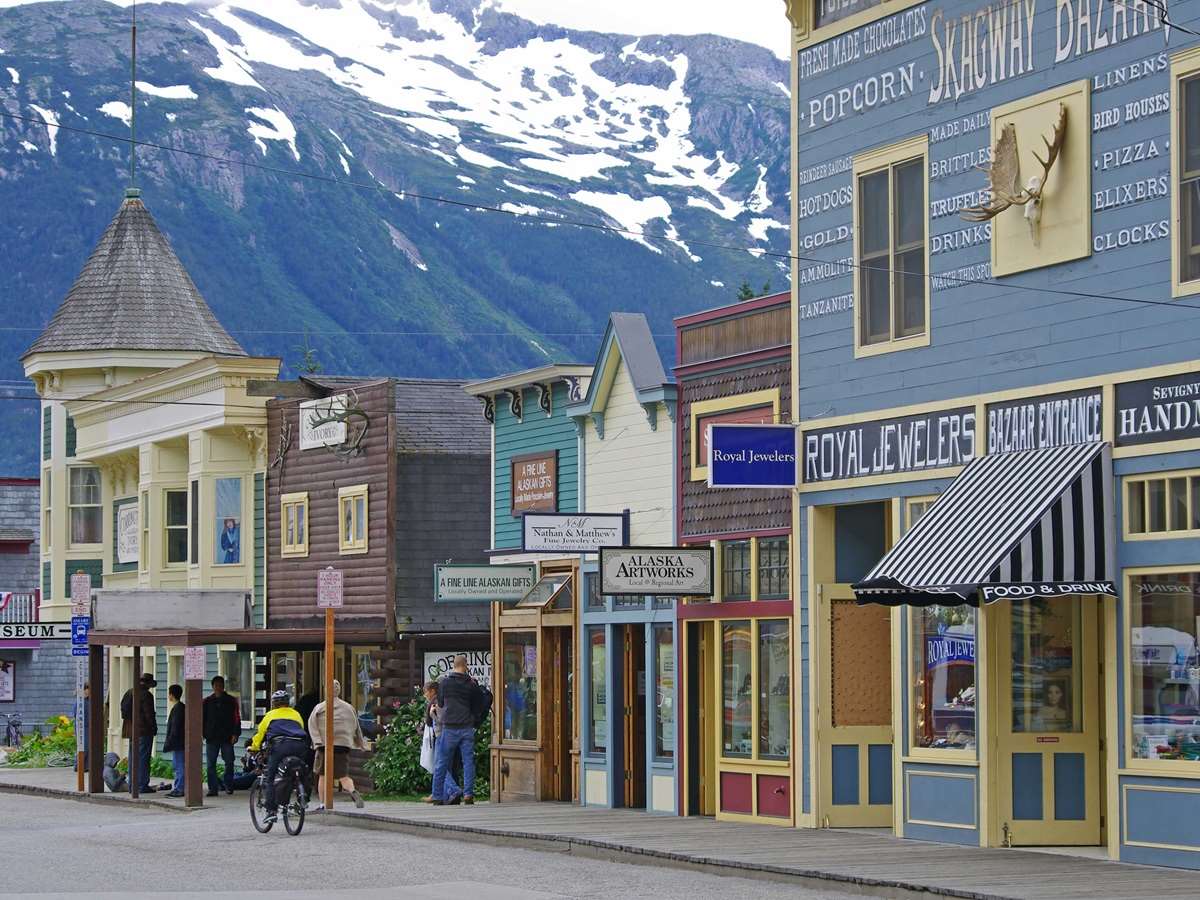
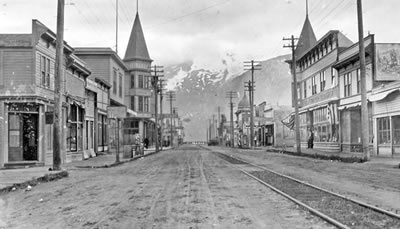
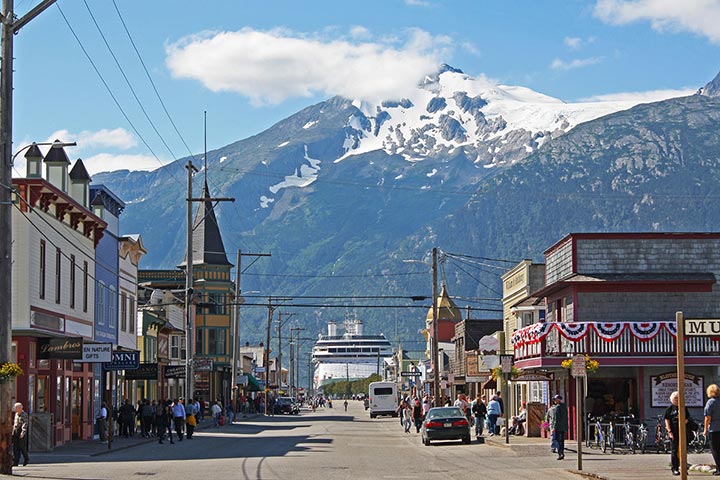

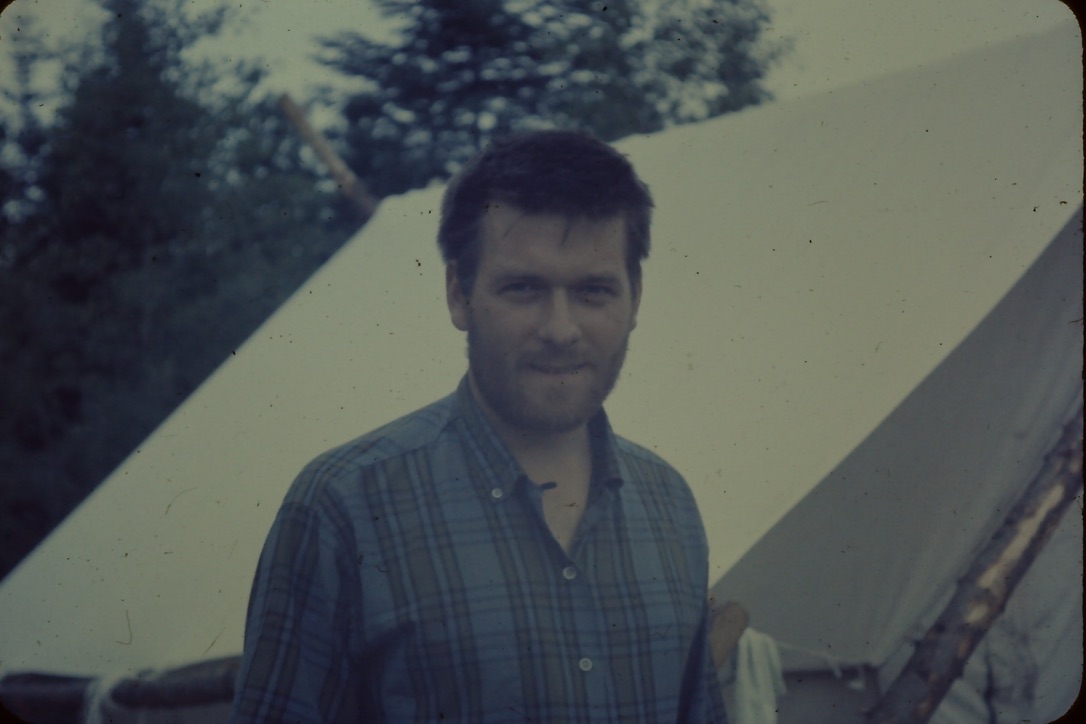
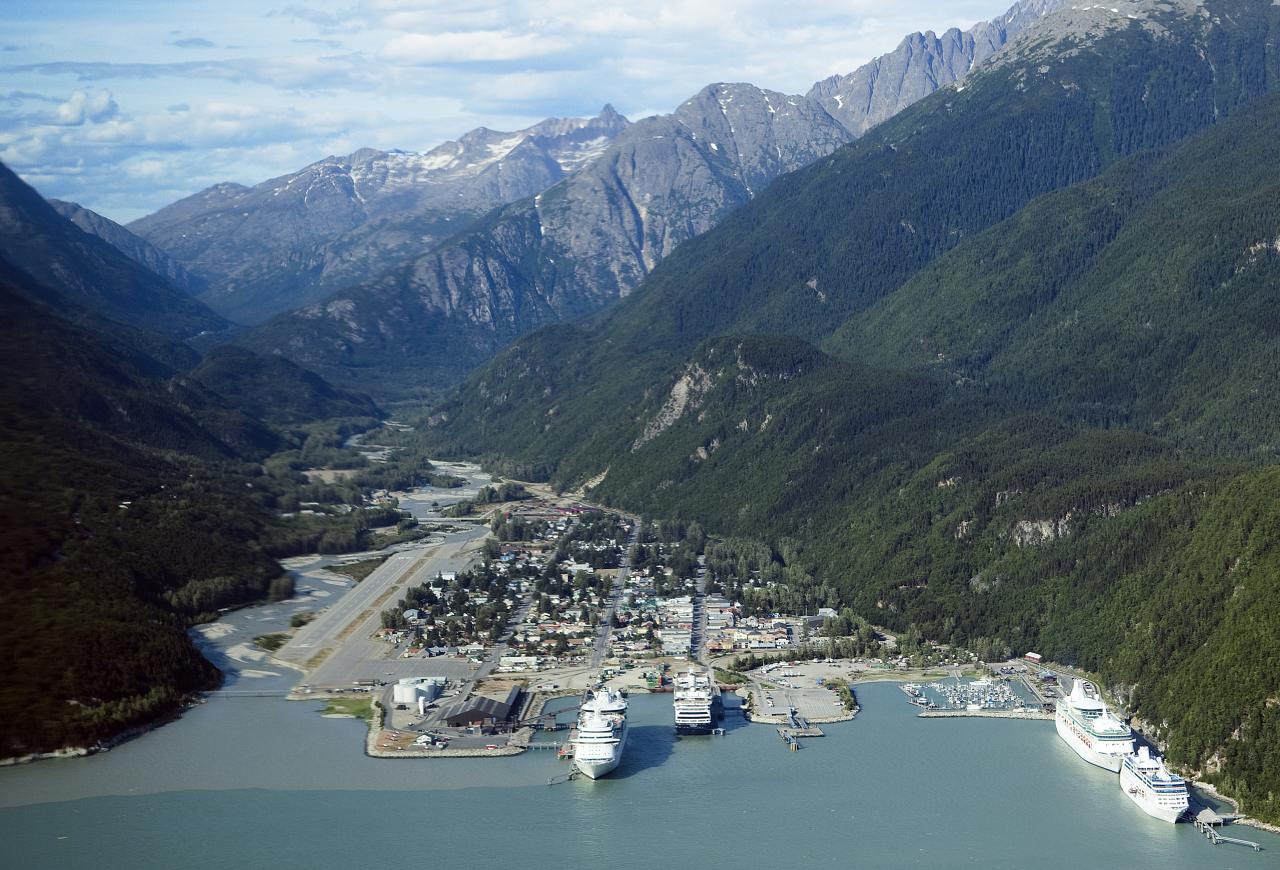
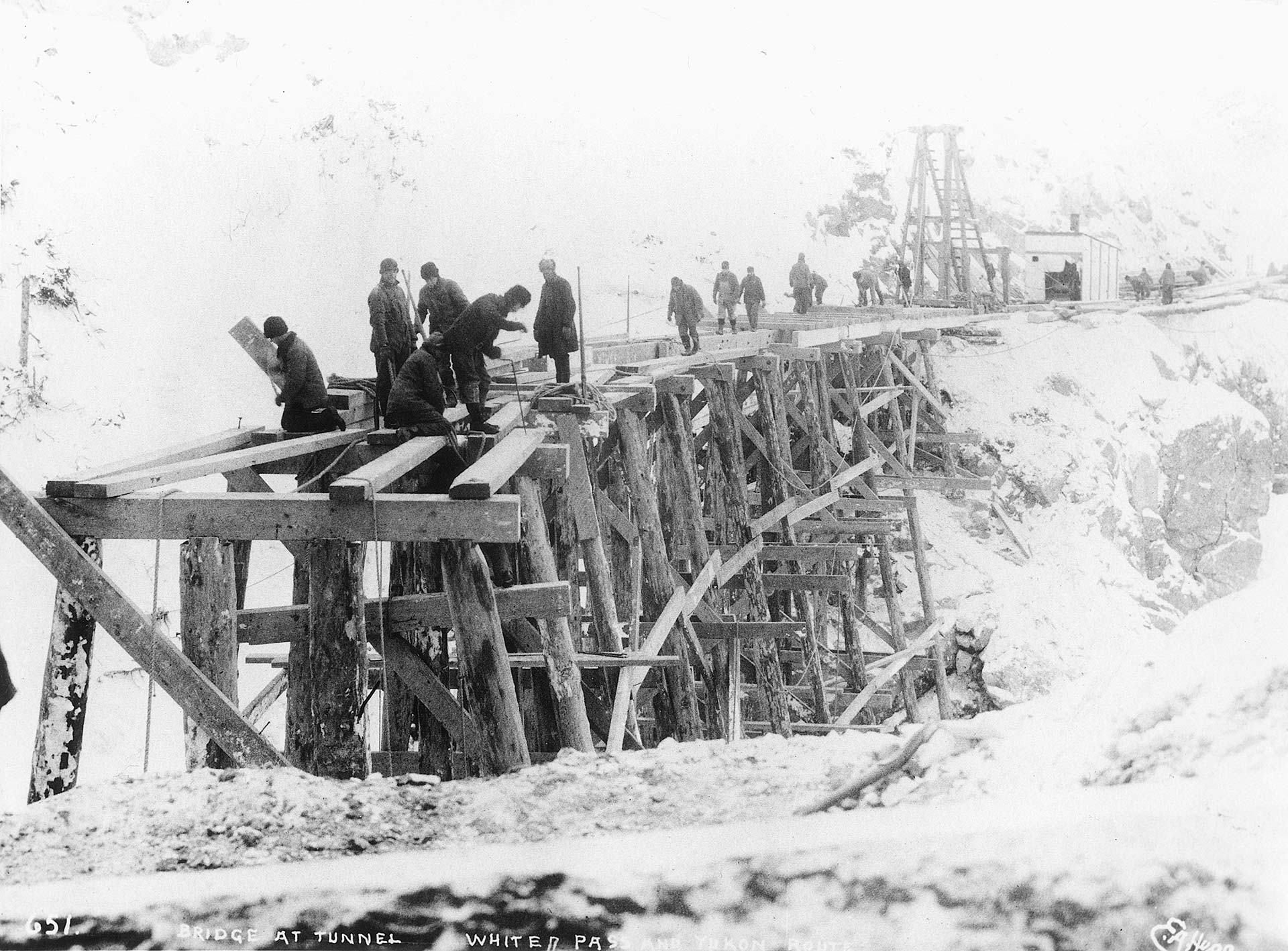



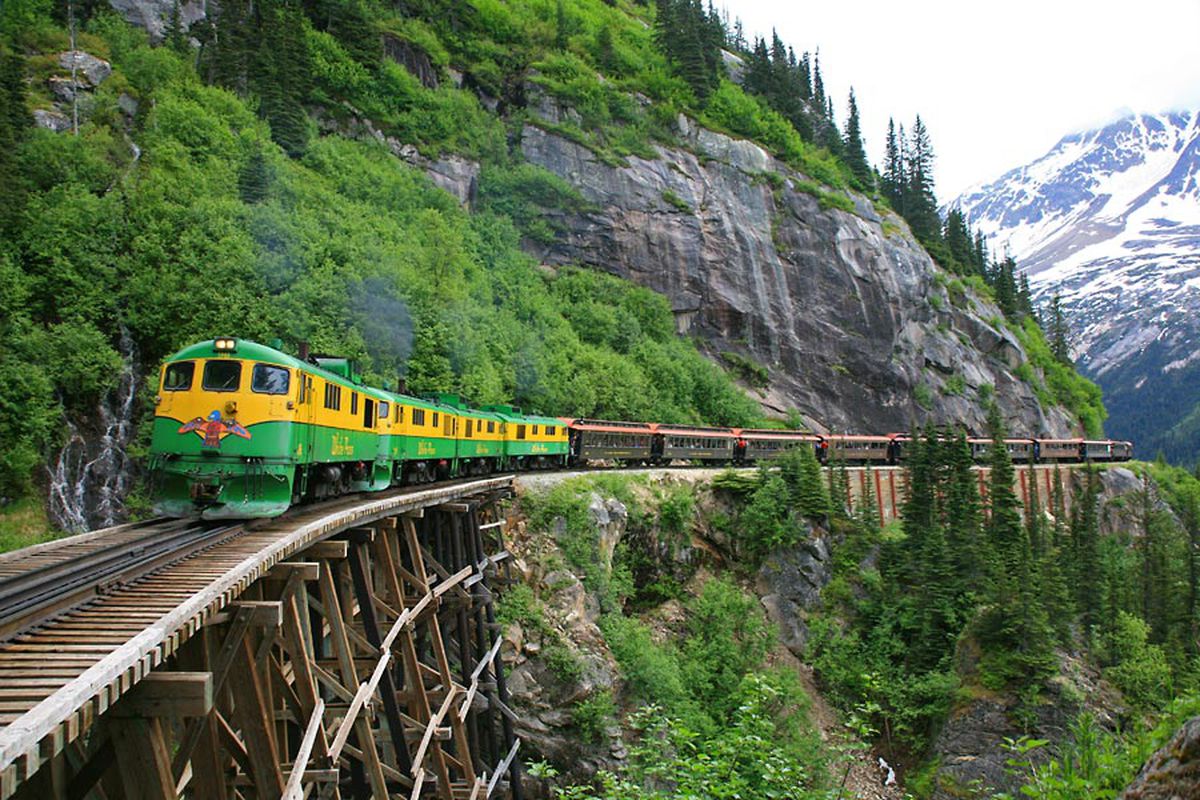
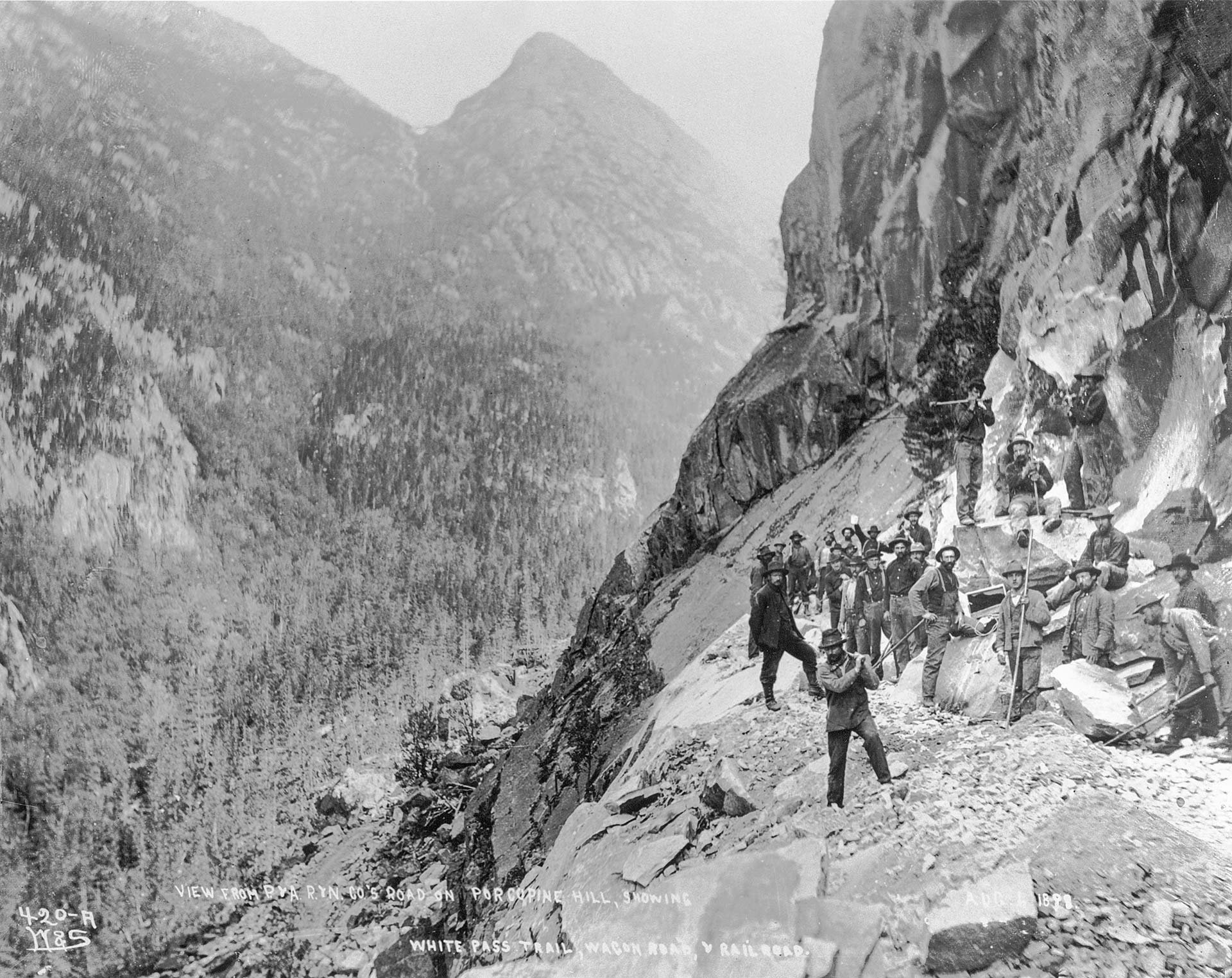
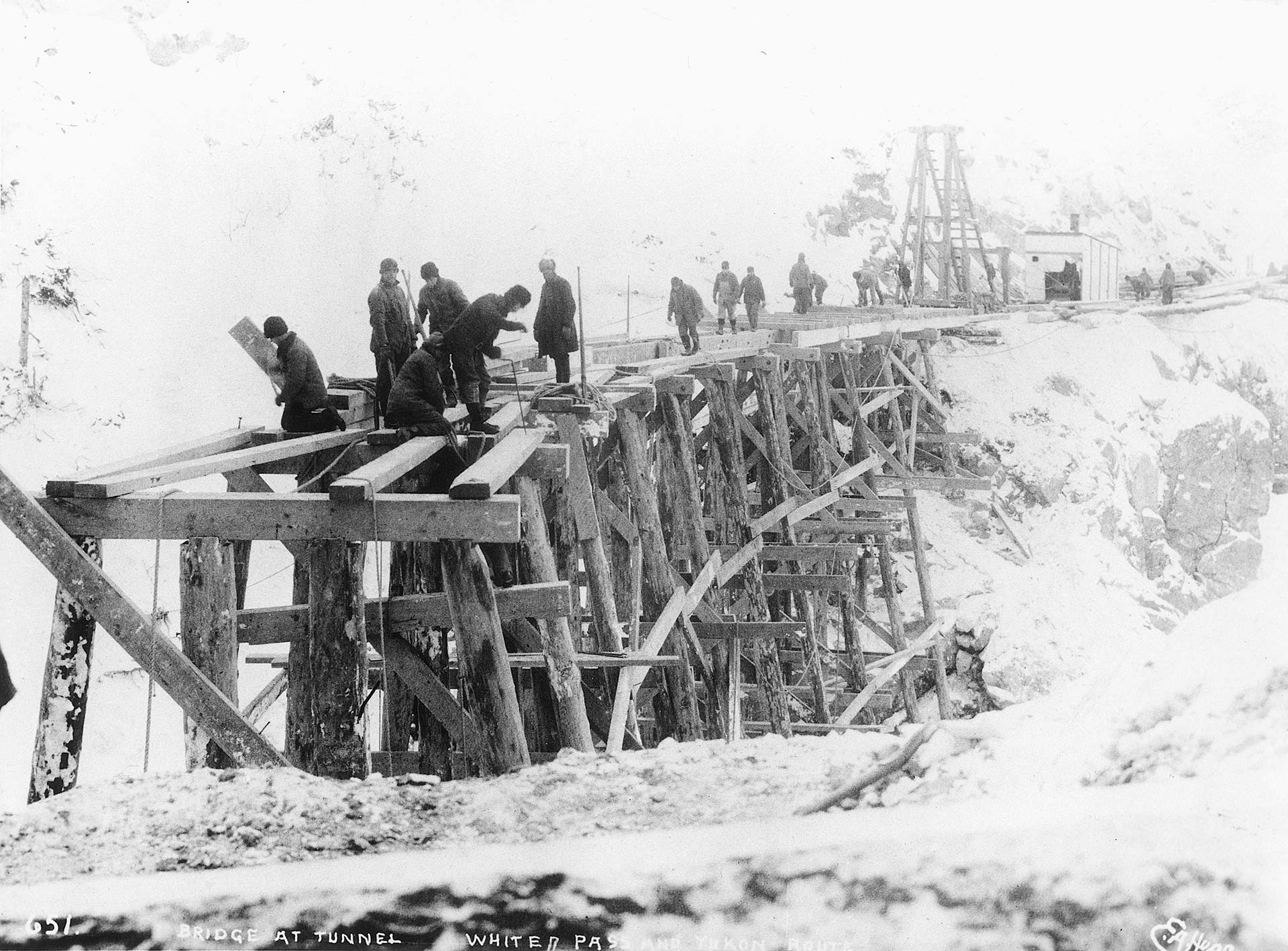

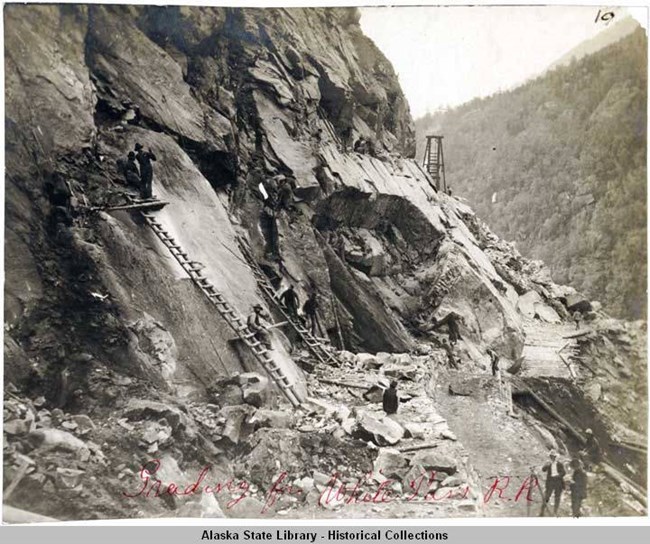

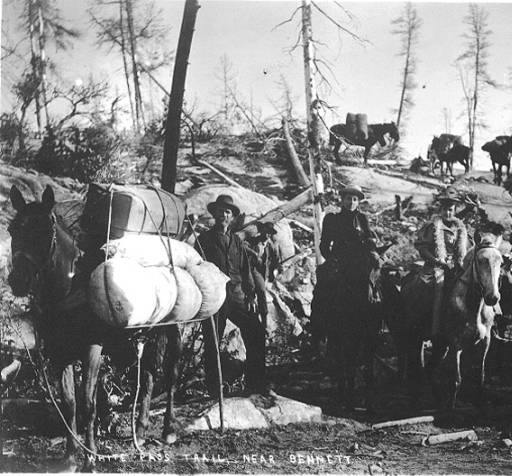
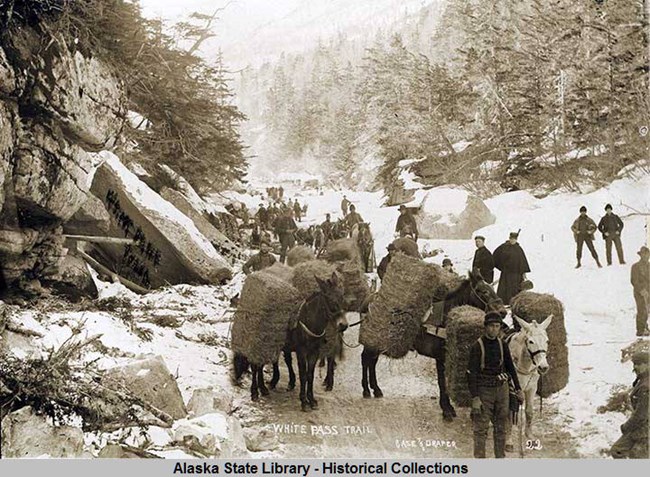

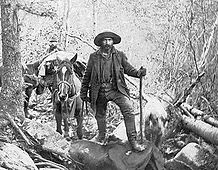
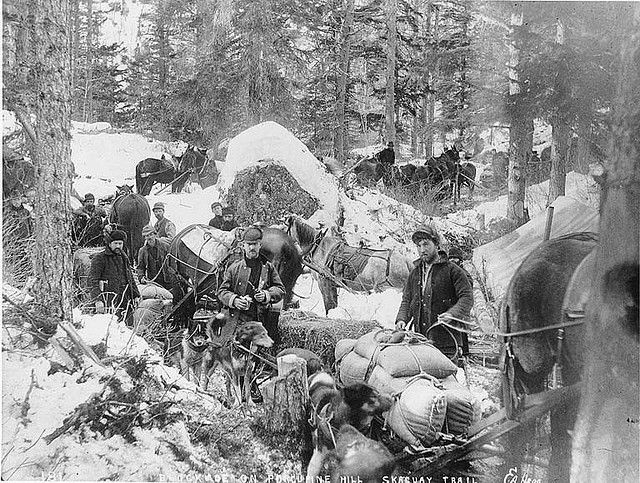


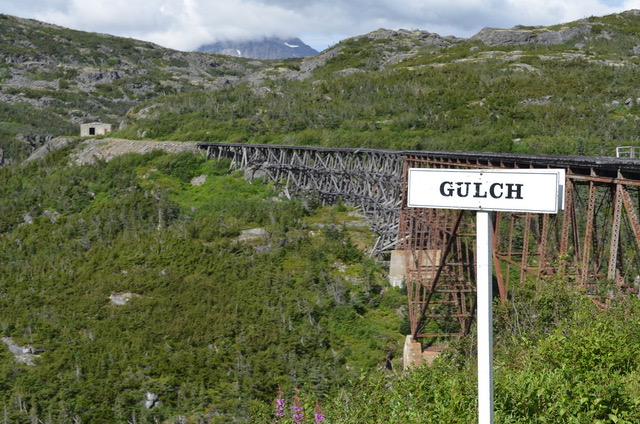


 skagway.com/wp-content/uploads/2016/01/Skagway-1898-may-300×208.jpg 300w” sizes=”(max-width: 766px) 100vw, 766px” class=”wp-image-5357″ apple-inline=”yes” id=”46A6F100-044F-4E70-AC83-C45D42638E7F” src=”http://alanskeoch.ca/wp-content/uploads/2021/02/Skagway-1898-may.jpg”>
skagway.com/wp-content/uploads/2016/01/Skagway-1898-may-300×208.jpg 300w” sizes=”(max-width: 766px) 100vw, 766px” class=”wp-image-5357″ apple-inline=”yes” id=”46A6F100-044F-4E70-AC83-C45D42638E7F” src=”http://alanskeoch.ca/wp-content/uploads/2021/02/Skagway-1898-may.jpg”> wpyr.com/wp-content/uploads/2017/07/broadway-construction-300×197.jpg 300w, wpyr.com/wp-content/uploads/2017/07/broadway-construction-768×505.jpg 768w, wpyr.com/wp-content/uploads/2017/07/broadway-construction-1024×674.jpg 1024w, wpyr.com/wp-content/uploads/2017/07/broadway-construction-450×296.jpg 450w, wpyr.com/wp-content/uploads/2017/07/broadway-construction-1080×711.jpg 1080w” sizes=”(max-width: 1462px) 100vw, 1462px” class=”wp-image-15624″ apple-inline=”yes” id=”8D2936B1-B912-480D-A19B-165CB9323857″ src=”http://alanskeoch.ca/wp-content/uploads/2021/02/broadway-construction.jpeg”>
wpyr.com/wp-content/uploads/2017/07/broadway-construction-300×197.jpg 300w, wpyr.com/wp-content/uploads/2017/07/broadway-construction-768×505.jpg 768w, wpyr.com/wp-content/uploads/2017/07/broadway-construction-1024×674.jpg 1024w, wpyr.com/wp-content/uploads/2017/07/broadway-construction-450×296.jpg 450w, wpyr.com/wp-content/uploads/2017/07/broadway-construction-1080×711.jpg 1080w” sizes=”(max-width: 1462px) 100vw, 1462px” class=”wp-image-15624″ apple-inline=”yes” id=”8D2936B1-B912-480D-A19B-165CB9323857″ src=”http://alanskeoch.ca/wp-content/uploads/2021/02/broadway-construction.jpeg”>